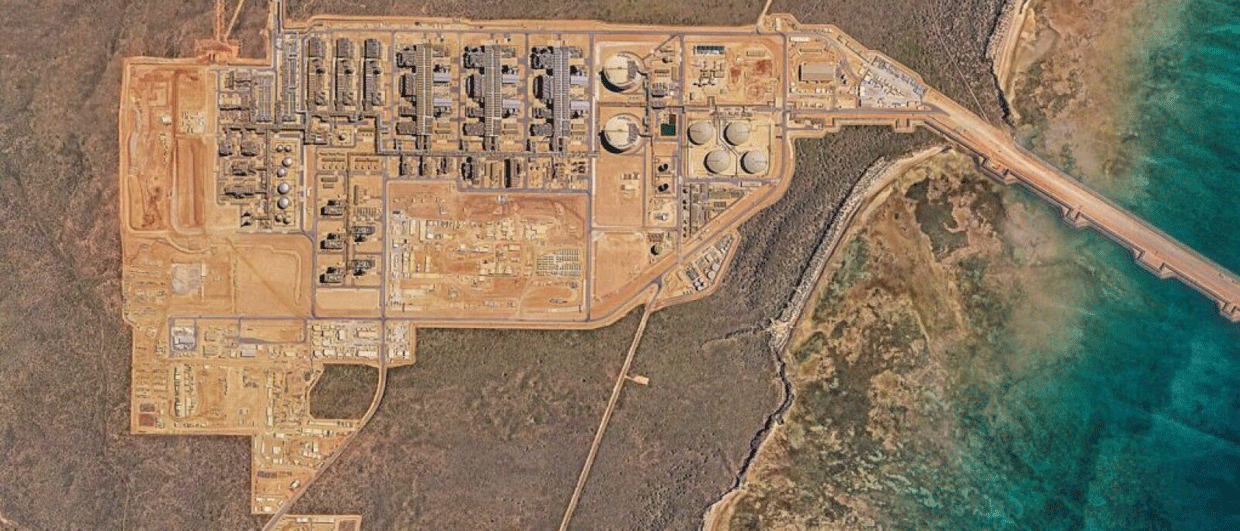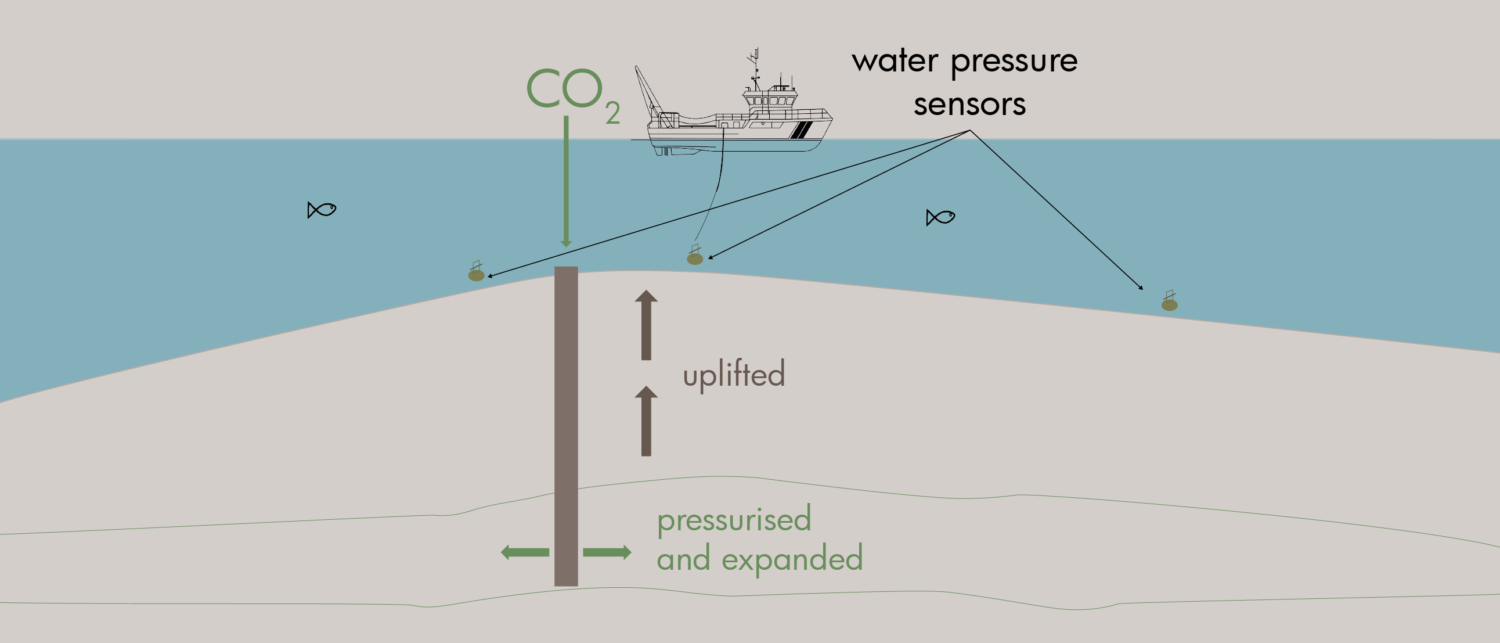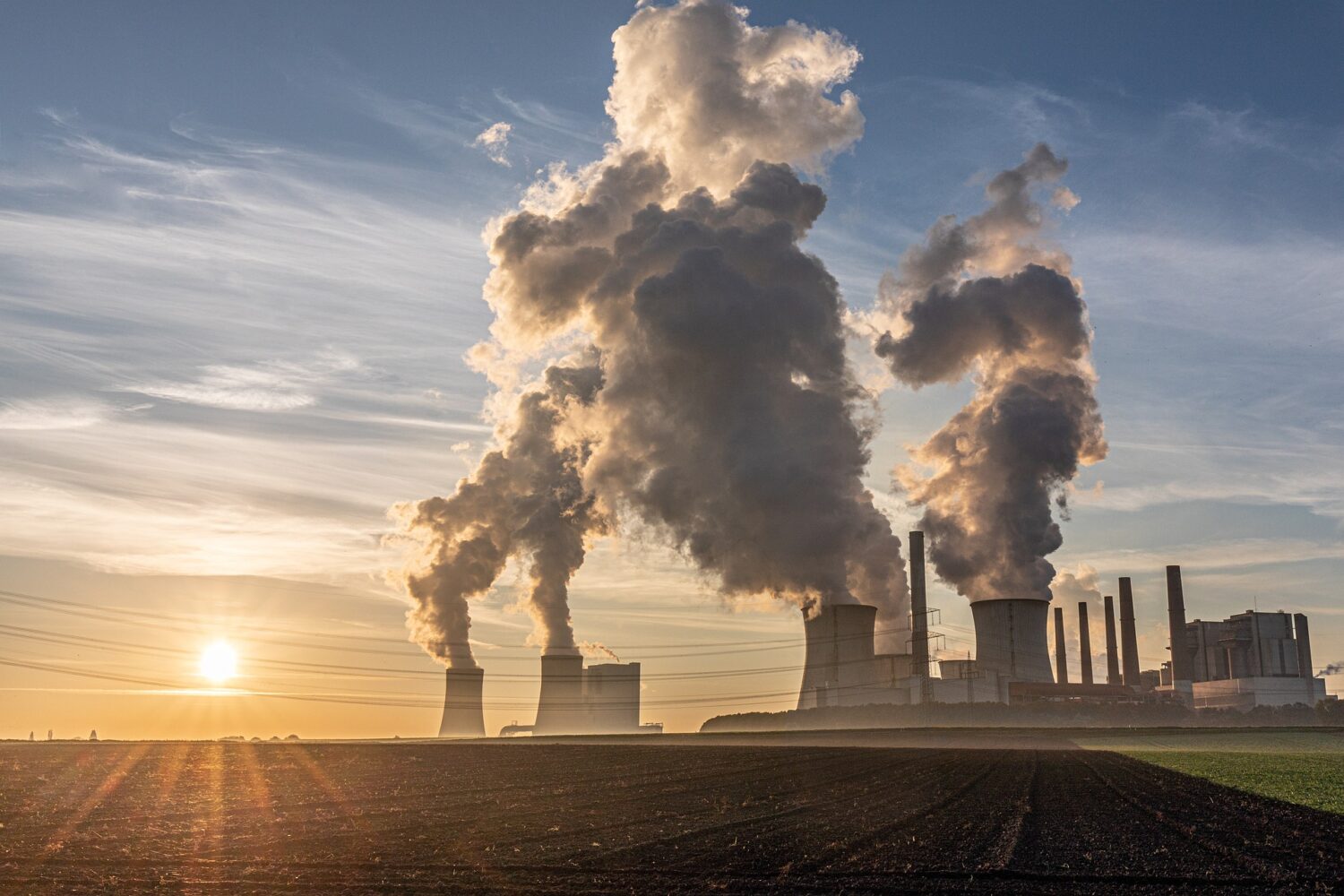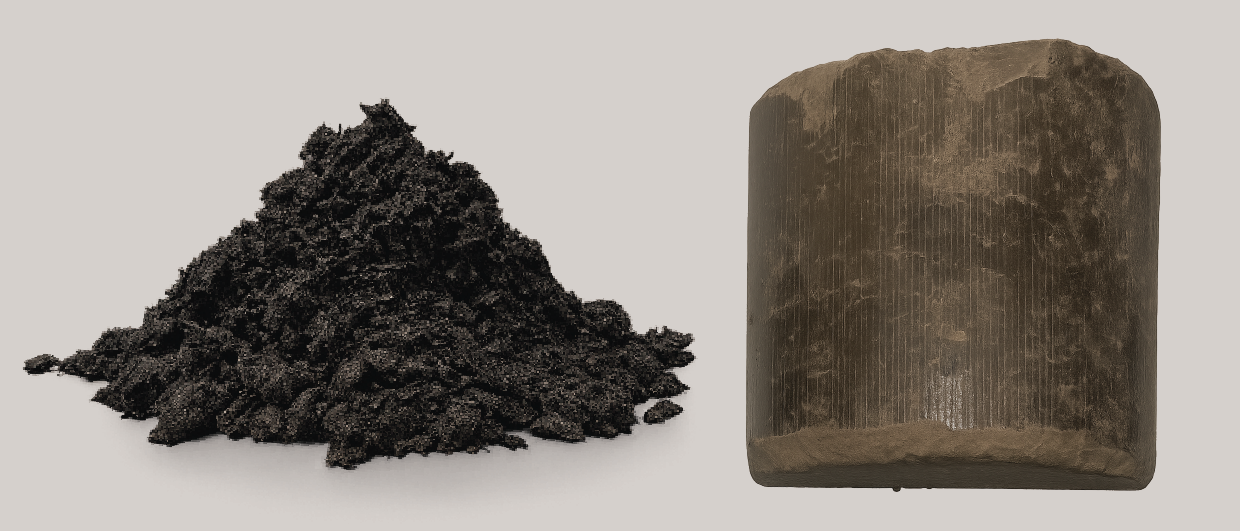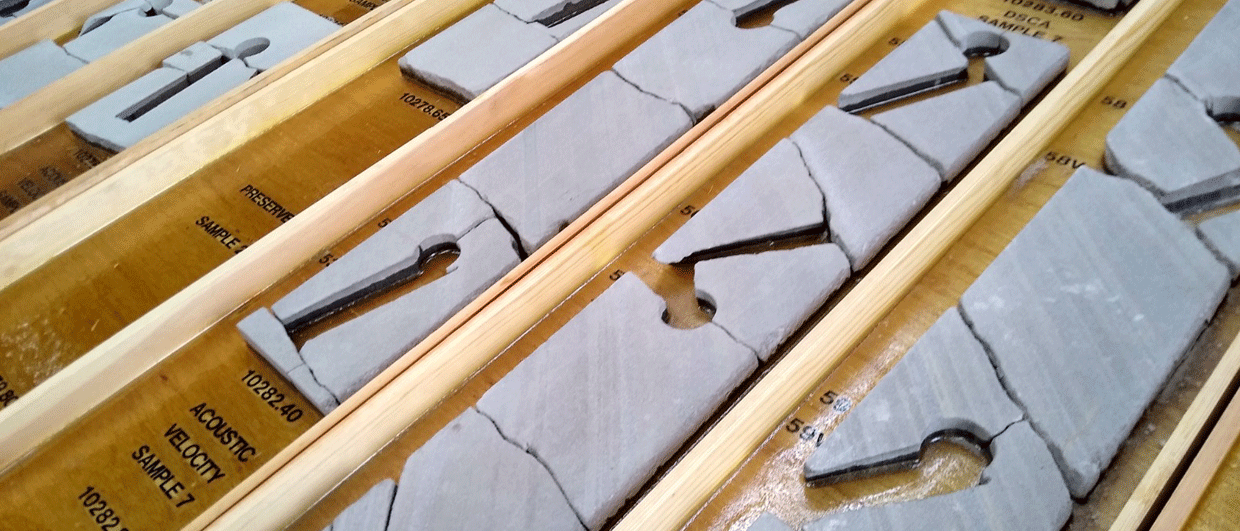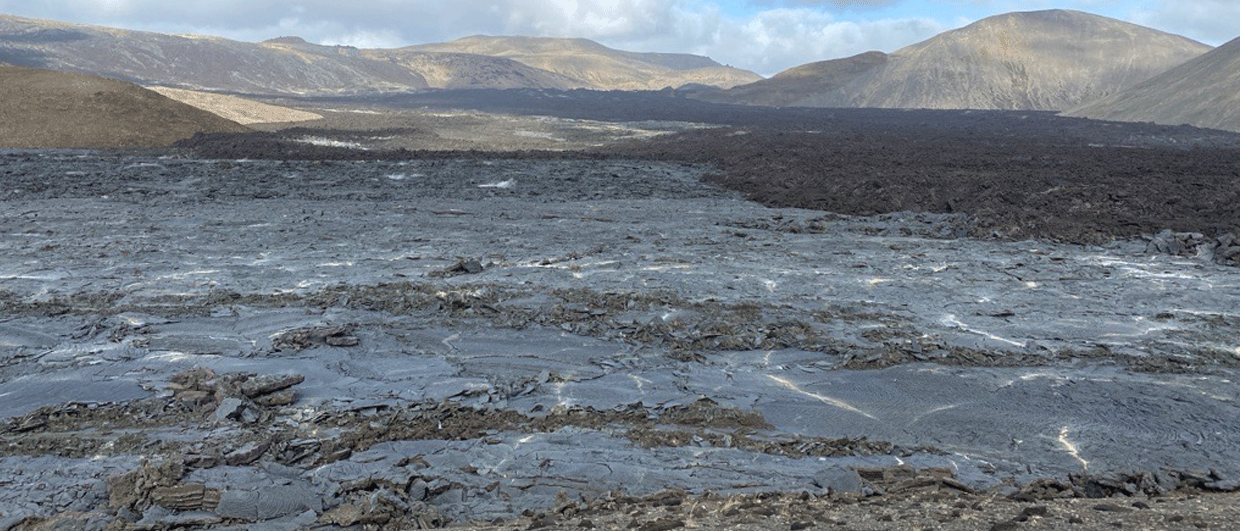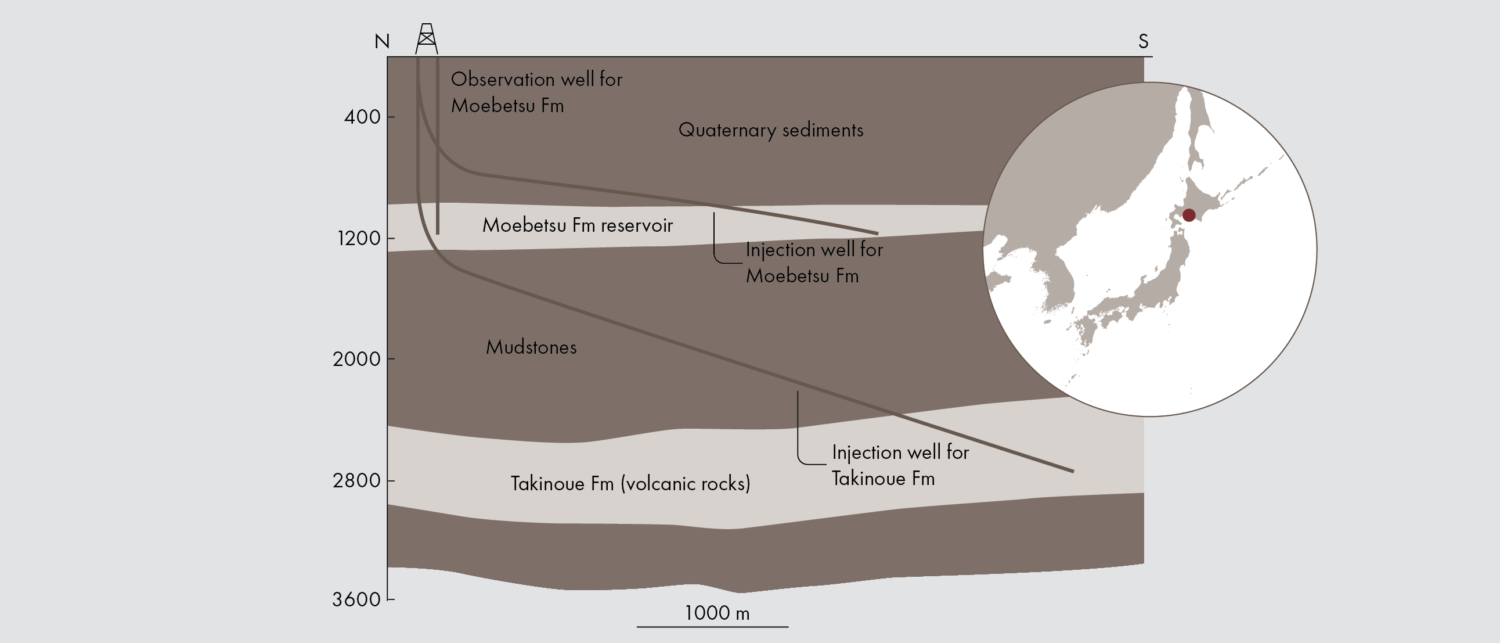Are the problems around the Gorgon CO2 storage project proof that CCS does not work?
“The world’s largest CCS project, the one that underpins CCS as a climate solution, as advocated by the oil and gas companies. But as the graph shows from the data…

